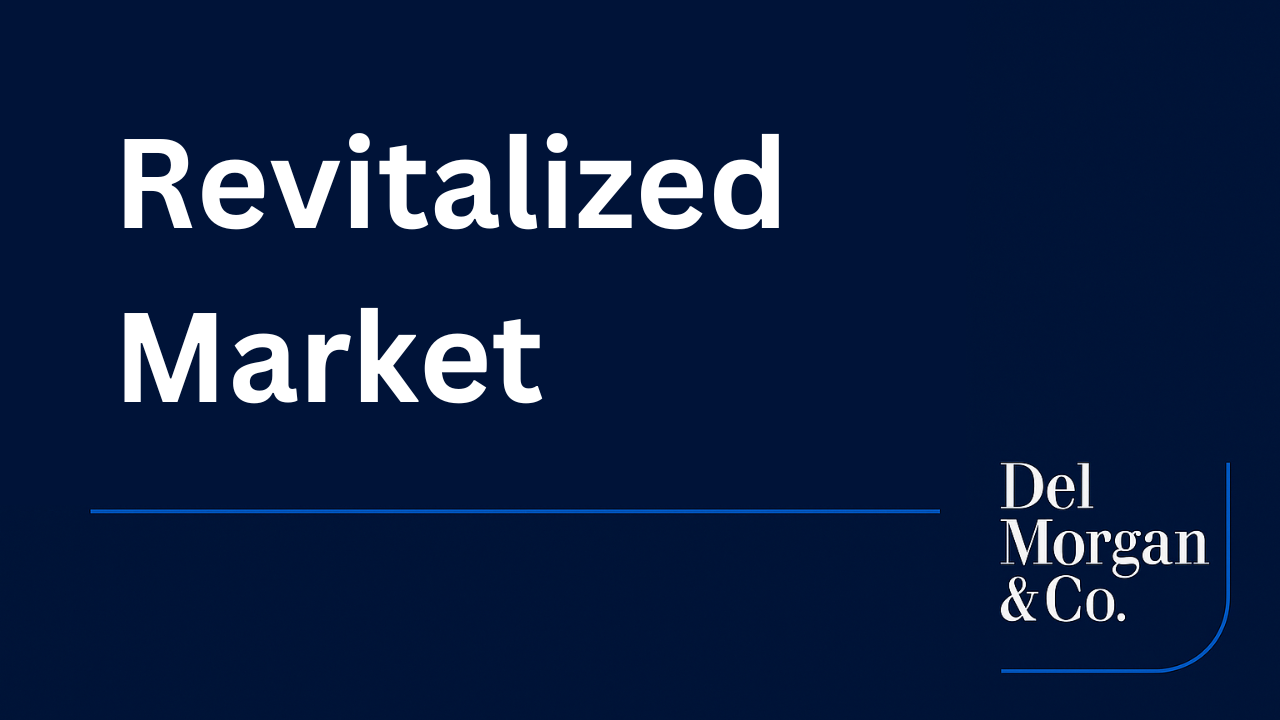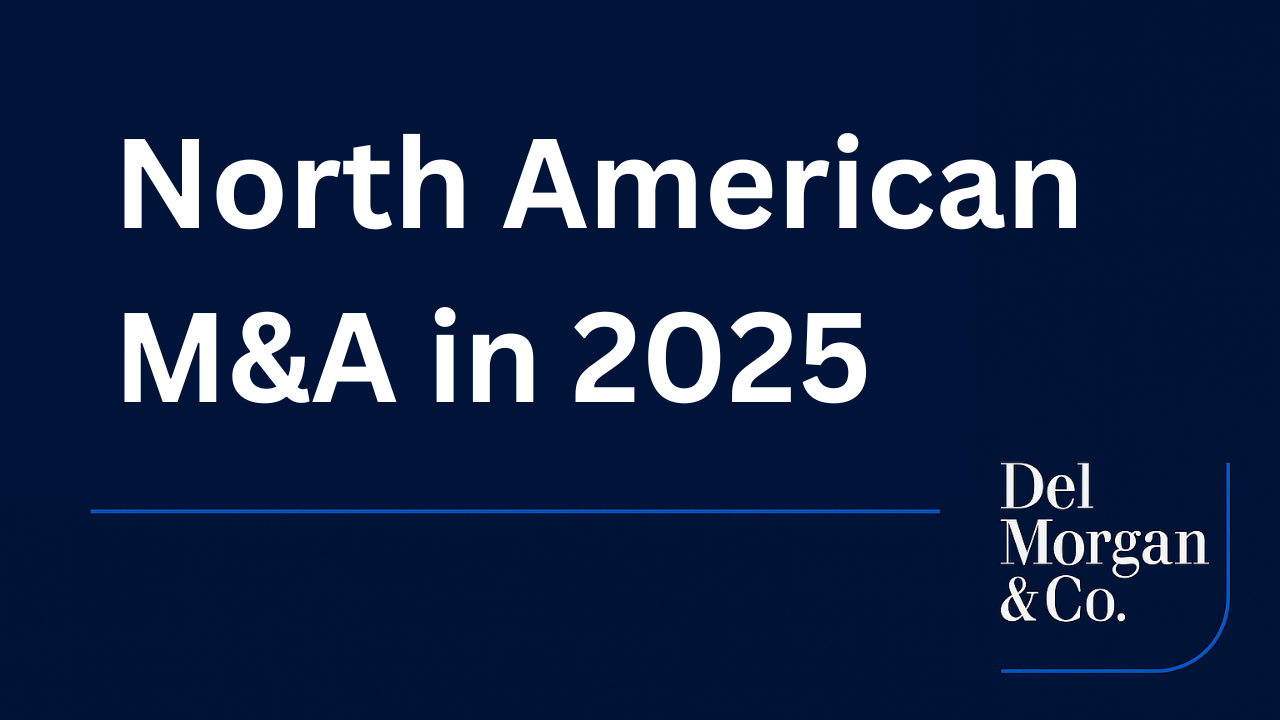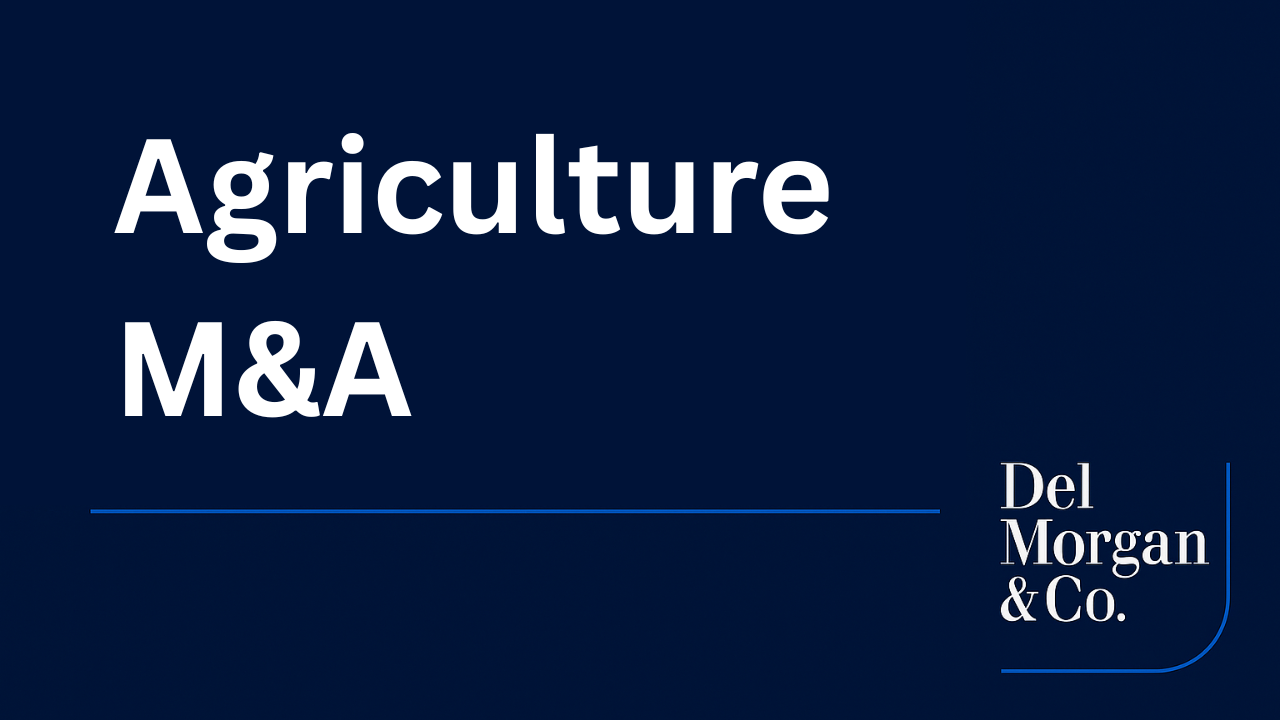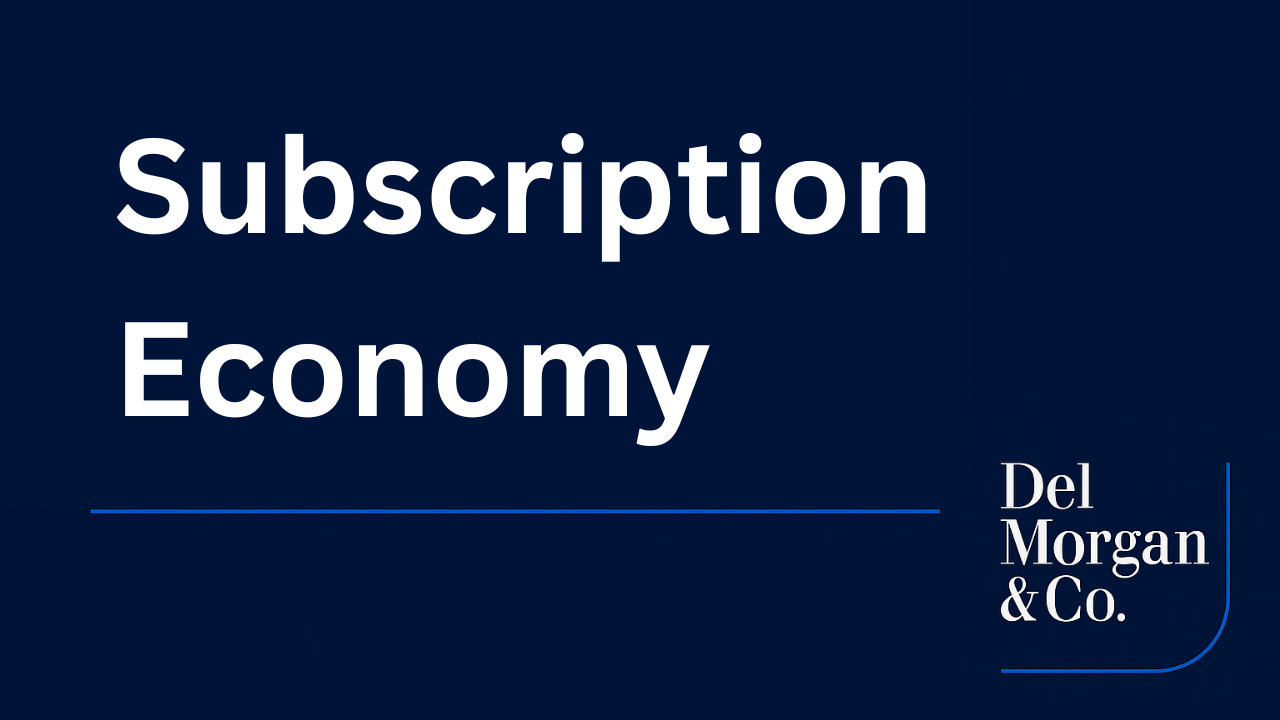Six to seven months after the devastating Palisades and Eaton wildfires of January 2025, Los Angeles now faces a critical financial turning point. Property and capital losses are estimated at $95 billion to $164 billion, with insured losses at $75 billion. Nationally, these fires rank among the costliest individual wildfires ever, with the Palisades event alone representing $40 billion in insured losses, pushing global insured loss totals by mid-2025 to nearly double the 10-year average.
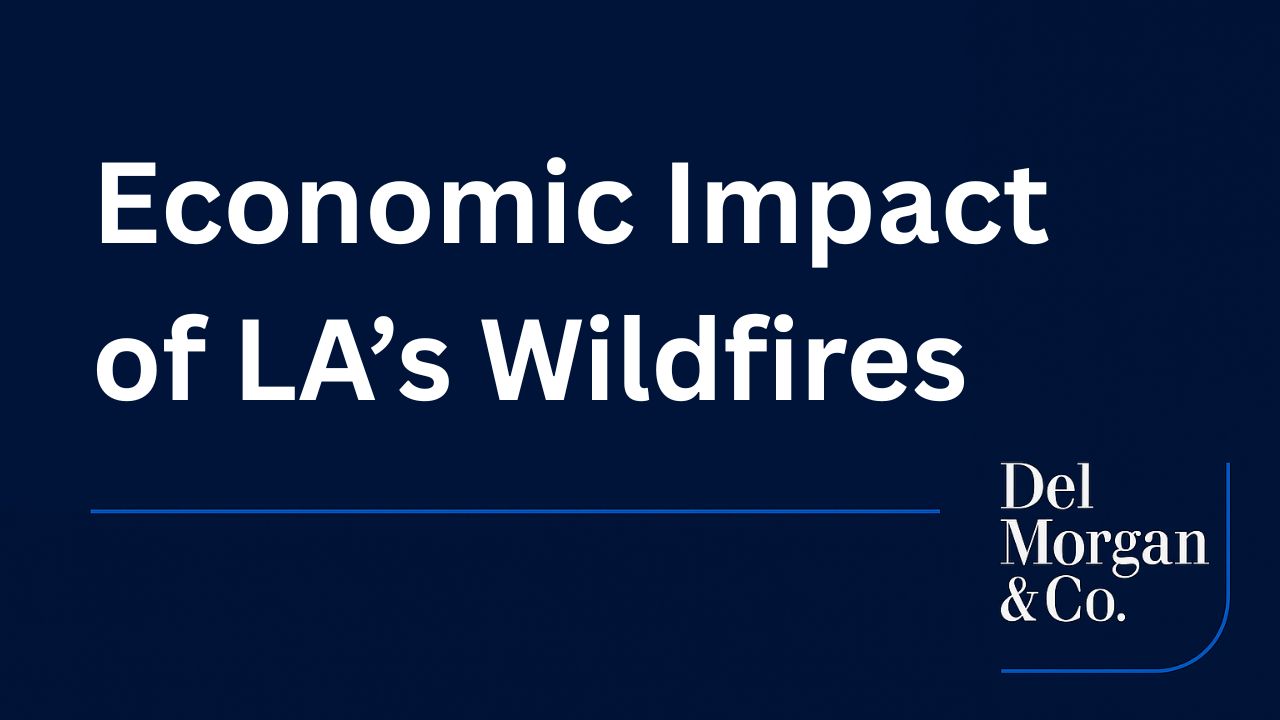
Economic Output and Labor Impacts
The Los Angeles County economy has faced significant output and employment disruptions. The UCLA Anderson Forecast projects a 0.5% GDP reduction for 2025, equating to $4.6 billion in lost output. The Institute for Applied Economics estimates business interruption losses of $4.6 billion to $8.9 billion over 2025-2029, depending on recovery timelines. These disruptions could result in 24,990 to 49,110 job-years lost and $1.9 billion to $3.7 billion in lost labor income.
Fiscal Strain on Government Budgets
The financial impact extends to government revenues. Reduced economic activity could cut federal, state and local tax revenues by at least $730 million, with more severe estimates reaching $1.4 billion if the recovery is more prolonged. These cuts will exacerbate already existing fiscal vulnerabilities, as the fires struck during a fragile transition between California’s post-pandemic rebound and the 2025-2026 budget cycle.
Insurance, Risk Pools and Capital Markets
Insurance systems are under immense pressure. The Palisades and Eaton fires, with $65 billion in economic losses ($40 billion insured), mark the costliest single wildfire events globally. Claims payments have already reached $17.1 billion. California’s $21 billion wildfire insurance fund, designed to protect utilities from catastrophic liability, risks depletion due to settlements for utility-caused fires. Global insurers are recalibrating risk models, tightening underwriting and raising premiums as climate-related catastrophes become standard.
Nevertheless, certain carriers have demonstrated resilience, with some reporting positive share performance despite a $170 million hit from the LA fires, highlighting the value of diversified capital and robust risk management.
Disparities and Community Recovery
Recovery varies significantly by community. Wealthier areas such as the Palisades face slower housing recovery and service restoration, while neighborhoods such as Altadena are seeing faster turnover of fire-damaged lots in line with lower market values. In Altadena, depleted emergency communications and shelter capacity exposed vulnerable populations during evacuations. A recent study estimates 440 excess deaths from indirect wildfire impacts such as smoke exposure and disrupted healthcare, far surpassing the official toll of 31 fatalities. These human costs highlight the broader health and wealth impacts of disasters.
Philanthropy, Federal Aid and Community Resilience
Public and philanthropic efforts have mobilized substantial support. Federal agencies have disbursed approximately $3 billion in assistance, including $2.4 billion to homeowners and renters and $456 million to small businesses. Direct Relief’s six-month initiative has delivered $12.7 million in aid, including medical supplies, mental health services and housing assistance to heavily impacted communities. Philanthropic grants are targeting vulnerable and minority-owned businesses in affected areas.
Toward a Resilient Recovery
Los Angeles is positioned to transform recovery into long-term value creation. Policy reforms – including insurance incentives for fire-resilient investments, updated building codes and integrated climate adaptation – are laying the foundation for sustainable future growth. Coordinated public funding, private capital and philanthropic support are expected to drive economic stability and investor opportunities.
Conclusion
Six months post-fires, Los Angeles is channeling recovery capital into infrastructure upgrades, housing and economic revitalization. The rebuild is not merely restorative but an opportunity for strategic reinvestment. For investors, opportunities lie in resilient real estate, infrastructure modernization and insurance innovation, positioning Los Angeles as a model for climate-conscious economic recovery and growth.
About DelMorgan & Co.
With over $300 billion of successful transactions in over 80 countries, DelMorgan‘s Investment Banking professionals have worked on some of the most challenging, most rewarding and highest profile transactions in the U.S. and around the globe. In the upcoming year, we expect more high-quality deal execution for more clients and welcome the opportunity to speak with companies interested in potentially selling their businesses or raising capital.
